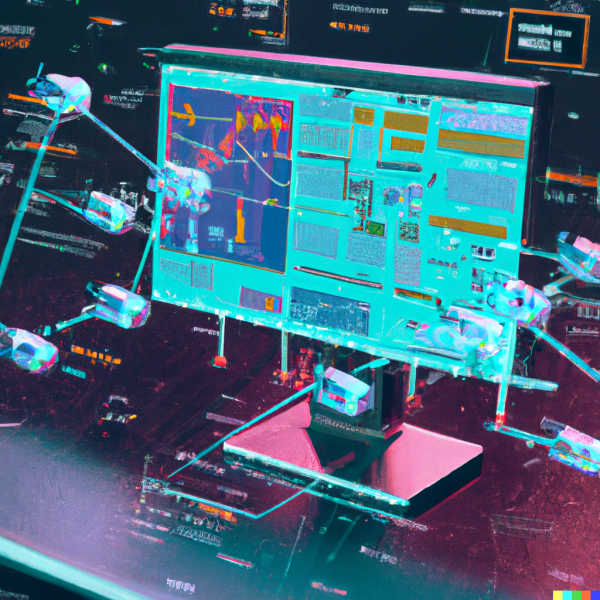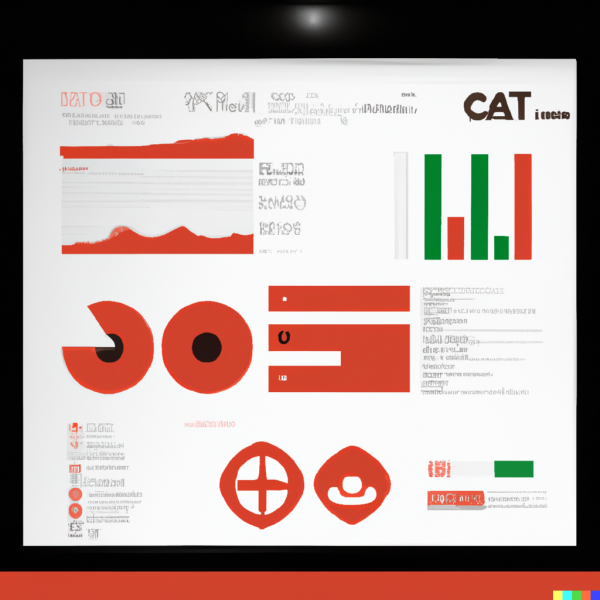‘Siri, play Dua Lipa’s Love Again’, or ‘Alexa, show me funny videos on YouTube’ and the music or the videos start! These sentences do not belong to a sci-fi movie or a book. This is happening in real life, around you, inside your house. It’s the rise of the machines (without Schwarzenegger making a cameo), well, virtual assistants, to be exact.
Intelligent Virtual Assistants (IVAs) have taken over our homes, workspaces, trips, and every aspect of our lives. With the rise in customer demands, Virtual Assistants (VAs) have evolved significantly to meet them, and it is widely anticipated that they are set to go into turbo drive in the next couple of years.
IVAs have transformed into an ally that helps create focussed business models to understand data in real-time and transform the customer experience (CX). VA technology can help businesses understand what customers want and even predict their desires. Generating and understanding data in real-time can unlock customers' desires and tie together a delightful and effortless CX. B2C organizations have understood that VAs are empowering the next-generation multichannel experience that lets consumers seamlessly and conveniently communicate with businesses across voice, text, and other channels. And implementing an IVA will improve customer and brand experience with a more nimble and consumer-friendly approach.
Excellent customer experiences help people feel good about a purchase and a brand. This positive experience influences them to stick to a brand for a long time. The more efficient and personalized the experience is, the more likely businesses can transform a first-time customer into a long-term loyalist. To understand how VAs impact the world of CX, we have to know what exactly AI-driven VAs are.
What are AI-driven Virtual Assistants?
The two terms to understand here are Artificial Intelligence (AI) and Virtual Assistants (VA). AI is the ability of a digital computer to perform tasks often associated with intelligent beings, like humans. Computer scientists and programmers use logical and mathematical theories developed over the years to program AI. A VA is a software solution that uses AI to communicate with people, recognize voice commands, carry out searches, perform tasks, and control processes, to name a few. And by doing so, it acts as an assistant.
An IVA is an engineered entity residing in software that interacts with people humanly. This technology uses elements of interactive voice response and other modern AI projects to deliver developed “virtual identities” that interface with users. Combining AI, Natural Language Processing (NLP), and Machine Learning (ML), a virtual assistant can extract complex data and information from conversations, understand, and interpret it accordingly. That’s why you can ask Alexa to tell you the time by literally just saying ‘Alexa time.’
A VA functions by collating and retrieving data from various sources, placing it in context, and learning from every single interaction or transaction it makes. Furthermore, an AI-enabled VA’s advanced language processing capabilities help it process everything that is being said or typed to interact with it, eventually creating an apt answer in response to a question. This makes the interaction with a VA an exceptionally personalized experience, addressing an individual’s need on a very personal level.
A VA is also scalable and highly adaptive. Alexa, Google Assistant, can even handle the appliances, turn on/off the lights at your command, and even prepare a shopping list while you are busy elsewhere. The options are close to being limitless.
Companies have also adapted AI-powered assistants to enrich internal communications. VAs are being used to automate various daily or cyclical tasks, such as knowledge management, system updates, and even onboarding.
How are VAs enhancing customer service?
Customers are the center of entrepreneurial success; catering to their requirements before and after the purchase is essential in today’s customer-friendly market. However, bringing true customer values and support is not easy in today's socio-economic scenario. As a result, several businesses are turning to AI-driven VA’s potential to boost and streamline their processes.
The surge in the usage of smartphones and myriad digital channels has provided today’s customers with a range of choices. Now they have the option of connecting to their favorite brands through multiple gadgets, channels, and almost 24/7. Based on their ability to provide swift, personalized, and effective customer services, IVAs help companies elevate their level of customer engagement and retention. It also helps brands to win long-term brand loyalty despite any complexities.
Customers stay back with a brand if they have had a personalized and endearing customer service experience. Companies that harness the potential of AI-driven VAs to predict and address a customer’s requirement will stay ahead in the competition. VAs learn to anticipate a task with every action before a user even thinks of it. By using VAs to identify and understand a customer’s intent through the data that they produce, in real-time, brands can present a hyper-personalized experience to customers across channels.
This personalized experience is also why there has been a significant increase in VA usage. In addition, COVID-19 has also forced several businesses to rewrite their digital transformation stories on the fly. Brands had to implement changes in 2021 that would originally have been on their radar for 2025.
Even if the transition was unhurried earlier, COVID-19 brought the globe online. From ordering food and groceries to attending classes and booking appointments, the internet has been generous to match the expectations of the ever-demanding customer. This has given an impetus for the growth of multichannel experiences. A brand cannot use just one medium to reach out to the customer anymore. Instead, businesses can rely on IVA’s capabilities to serve across multi-faceted platforms, providing a consistent multichannel experience to customers regardless of variables like time, place, and device.
One of the keywords of 2020 was ‘contactless.’ The word led all the global brands to rethink their customer engagement strategies. They had to make the customers self-reliant with little or no help. An IVA can function as the customers' self-servicing application when handling lower-level concerns like technical problems or frequently asked questions. They simplify customer experience management by reducing support tickets and freeing customer service agents to spend more hours resolving complex and high-impact problems.
VAs not only provide immediate resolutions, but with their human-like voice-enabled feature, it almost feels like interacting with a person. One of the reasons that communicating with an IVA feels like interacting with a real person is that brands can customize the tone of their virtual assistant. For example, with ML and NLP, VAs recognize the anger or frustration with the words used and can immediately transfer the call to a live agent. In addition, they have been evolved to understand circumstantial interactions, and in doing so, they bring customers closer to their brand in a way that feels authentic.
Relying on a VA to handle less-complex issues means a business now has more team members who understand the processes, services, and work philosophy. For example, there are several mundane, repetitive tasks that an agent might have to perform daily or answer simpler customer queries. Employees can transfer the tasks to VAs to complete in the background without stopping their workflow. This reduces the need for agents to remember where they left off and increases the efficiency of their workday. A technology that Xaqt can proudly boast about.
Businesses need to do a bit of groundwork before working with the best VA technology provider and chalk a clear strategy. Before implementation, companies need to identify stakeholders, choose the business areas that are a good fit for the technology, and decide on the type of virtual assistant that will enable them to meet their objectives.
VAs can transport companies into a completely different realm, where humans and technology are united by emotional context and relevance.
Introduction to Xaqt’s VAs
Identifying the need for implementing an IVA to take customer experience to the next level is the first step for any business that wants to remain in the race. The next will be creating a strategy around it keeping the interest of the stakeholders in mind and the last piece of this interesting puzzle is collaborating with a technical partner such as Xaqt that uses AI technology to bring in the big bucks.
Xaqt’s IVAs model is crafted using multiple AI technologies, such as deep learning, and reinforcement learning that focus on how to interpret what the customer intends and respond to them without sounding scripted. They are capable of learning from previous conversations and improving their interactions with customers.
Xaqt’s IVAs can be used to provide support across a range of channels - email, chat, SMS and social. They have been designed in such a manner that they can efficiently handle various tasks, including responding to common customer questions, helping customers through complex queries, and providing account management.
Xaqt leverages the power of AI to help companies design and deploy intelligent and dynamic customer experiences across all channels and industries. With their robust NLP engine and advanced ML algorithms that warrant the IVAs to evaluate customer intent and respond naturally.
Xaqt employs an agile approach and continues to drive transformation in organizations with its engaging and adaptable employee and customer applications on a unified digital experience platform.
If you are interested in deploying intelligent and impactful customer experience across all channels and industries, talk to us today.




